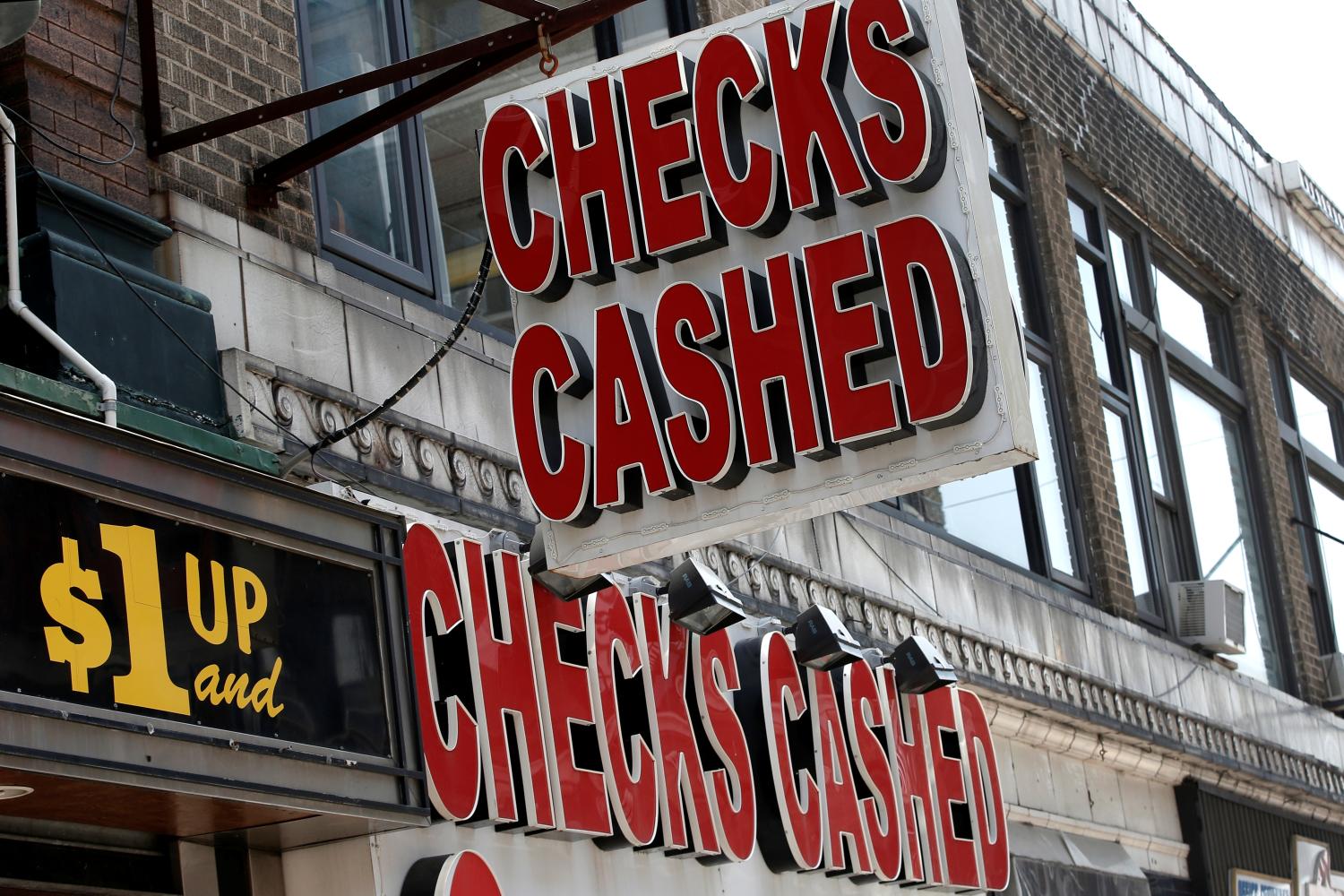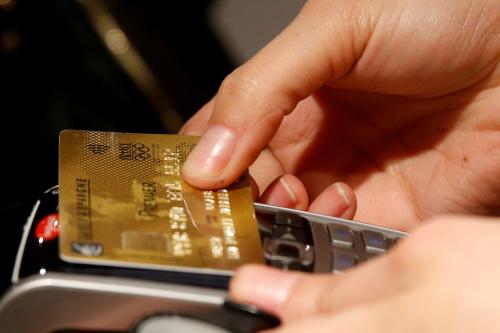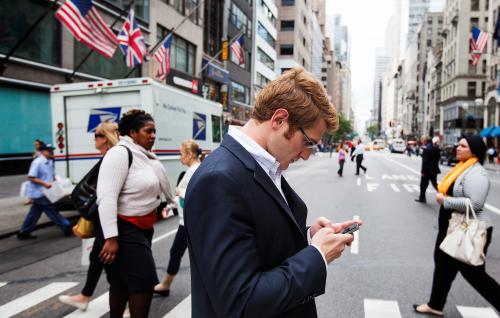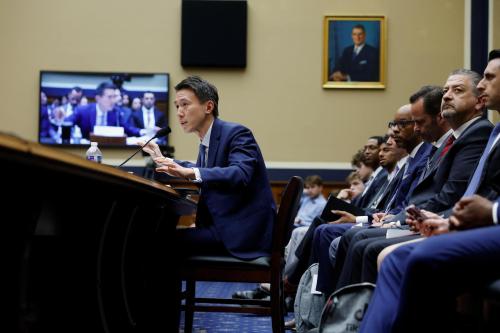This report is part of the Series on Financial Markets and Regulation and was produced by the Brookings Center on Regulation and Markets.
The next Chairman of the Federal Reserve System (Fed) confronts a deep and growing problem: rising inequality. A new Fed Chair could combat this problem in an unexpected way by implementing real-time payments. The few days between checks clearing are a major driver of why it is so expensive to be poor. They are also unnecessary given technology and easily removable with some regulatory will. Real-time payments could save billions of dollars for American families living paycheck to paycheck.
According to one survey, one third of Americans report regularly having nothing in their savings account.
To start with, let’s divide Americans between those who routinely reach the zero lower bound of their bank account and those who never do. After doing so, the number living paycheck to paycheck is large. According to one survey, one third of Americans report regularly having nothing in their savings account. And looking at Federal Reserve’s own data, almost half of Americans report that they “either could not cover an emergency expense costing $400, or would cover it by selling something or borrowing money.”
Unlike the Federal Reserve’s zero lower bound of monetary policy, the lower bound faced by American households is easily breached. One cup of coffee on your debit card can break it. When you go negative, the penalties are severe: $35 or more on average in overdraft fees. These fees add up, to the tune of over $15 billion a year.
The slow payment system helps generate these fees. Each debit is processed the day you spend it, but depositing payments takes up to 5 days. I’ve seen customers walk out of the bank and straight to check cashers in order to return with cash to deposit, so it can be available right away. The check casher costs $20, but two overdrafts cost $70. Check cashing is a $2 billion a year business and represents yet another cost born by those who have less.
People who face short-term cash crunches also turn to small dollar loans, often called ‘payday’ loans. This $6 billion industry involves providing consumers $300-500 as an advance on their next paycheck. To get a payday loan, you need a bank account and postdated check to be used as collateral. The majority of payday loans are made to people facing short-term fluctuations of income, not an unexpected expense. It stands to reason that covering the three to five days between when the check clears and when you have to pay the rent drive some of this borrowing.
The technology for real-time payments has been around for a long time. The United Kingdom adopted real-time payments in 2008. Japan, Poland, Mexico and South Africa all have the technology in place today. Financial technology (FinTech) firms like PayPal are offering real-time payments for customers who exist on both ends of their system. But unless your employer will migrate to using a FinTech for payroll, you need the banking system to modernize.
Banks understand that they cannot act like ostriches while their customers’ demands go unmet. The Clearing House*, a payment system provider whose membership roster includes the nation’s largest banks, is actively piloting a real-time payment system that would bring real-time payments across the largest banks and would eventually include smaller banks. Once up and running, however, the system would result in lower fee revenue for the banks, meaning banks’ economic incentives to participate would be mixed. But the threat of FinTech is real and banks will need to modernize: no one wants to be the taxicab company that gets Uberized.
The Fed has long had the legal authority to require that checks be processed and cleared faster. Despite substantial improvements in technology—such as the ability to deposit a check from your phone—lengthy delays in check settlement are still allowed. This is in part because the Fed’s own payment system would have trouble complying with faster requirements. This highlights the inherent tension of the Fed’s unusual situation serving as both the regulator for the entire system and as the operator of one of the largest payment systems. The Fed has shown an open mind to resolving this conflict, but has yet to commit to do so.
To the Fed’s credit, it recognizes the problem and has commissioned a faster-payments task force in response. It has started to speed up its own payment processing system, implementing same day payments for much of the east coast and reducing processing times more broadly. Unfortunately, the Fed’s improvement has been far too slow. Attempting to seek universal consensus, the task force included over 300 members. When can 300 people ever agree to do something quicker? A slimmer implementation group has emerged and now aims to have a faster payment system started by 2020. Yet if the UK has had real-time payments as long as the iPhone has existed, why should the US wait until we have the iPhone 15?
Before his nomination to assume the Chair, Federal Reserve Governor Jay Powell, co-chaired the Fed’s payments improvement initiative which is good news. Prioritizing development of real-time payments in the U.S. is a hidden and effective way to reduce unnecessary costs and put money back into the pocket of those who are living paycheck to paycheck. The Federal Reserve needs to use its tools to help address problems of hitting the zero lower bound not just in monetary policy, but for consumers in the payment system as well.
*Disclosure: The Clearing House is a donor to the Economic Studies Program at Brookings





